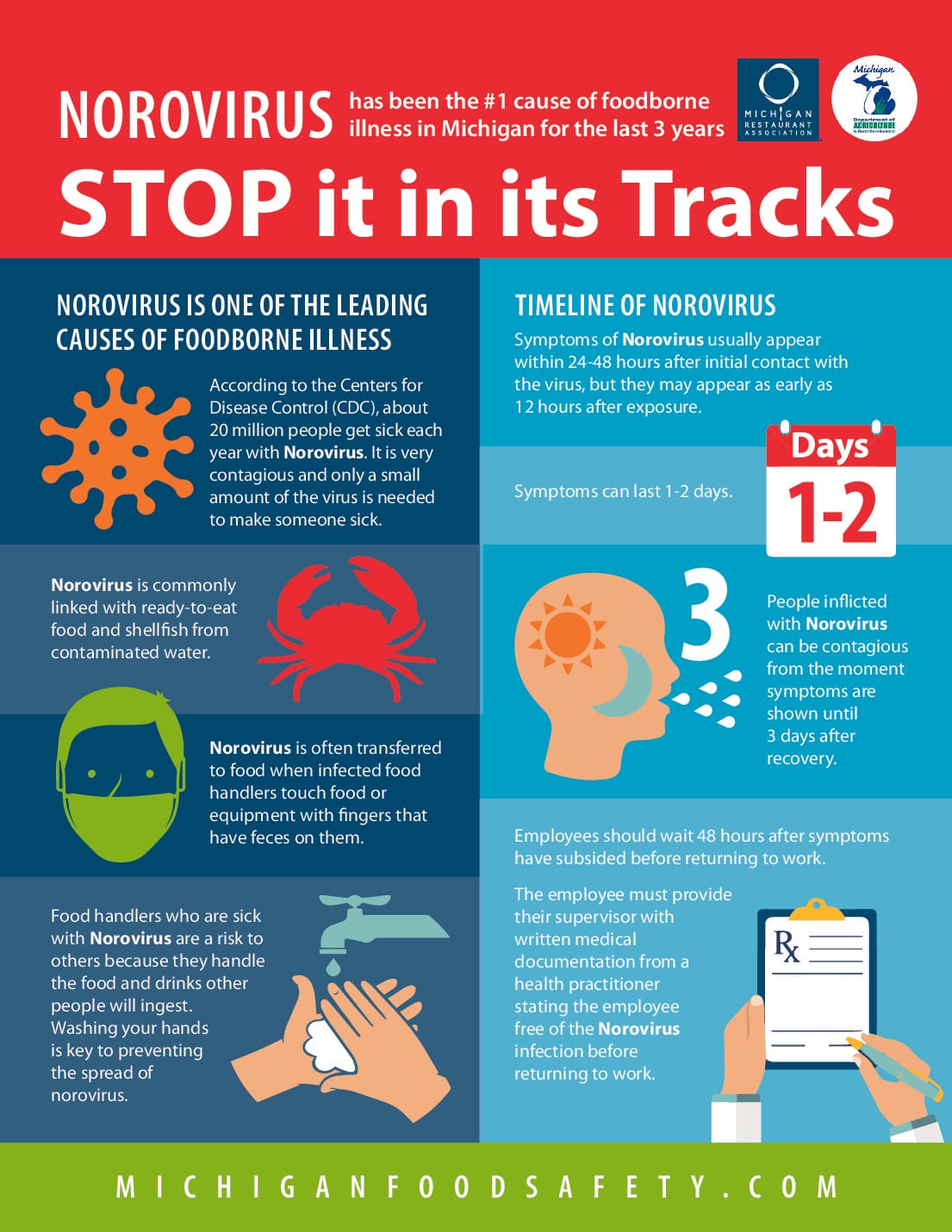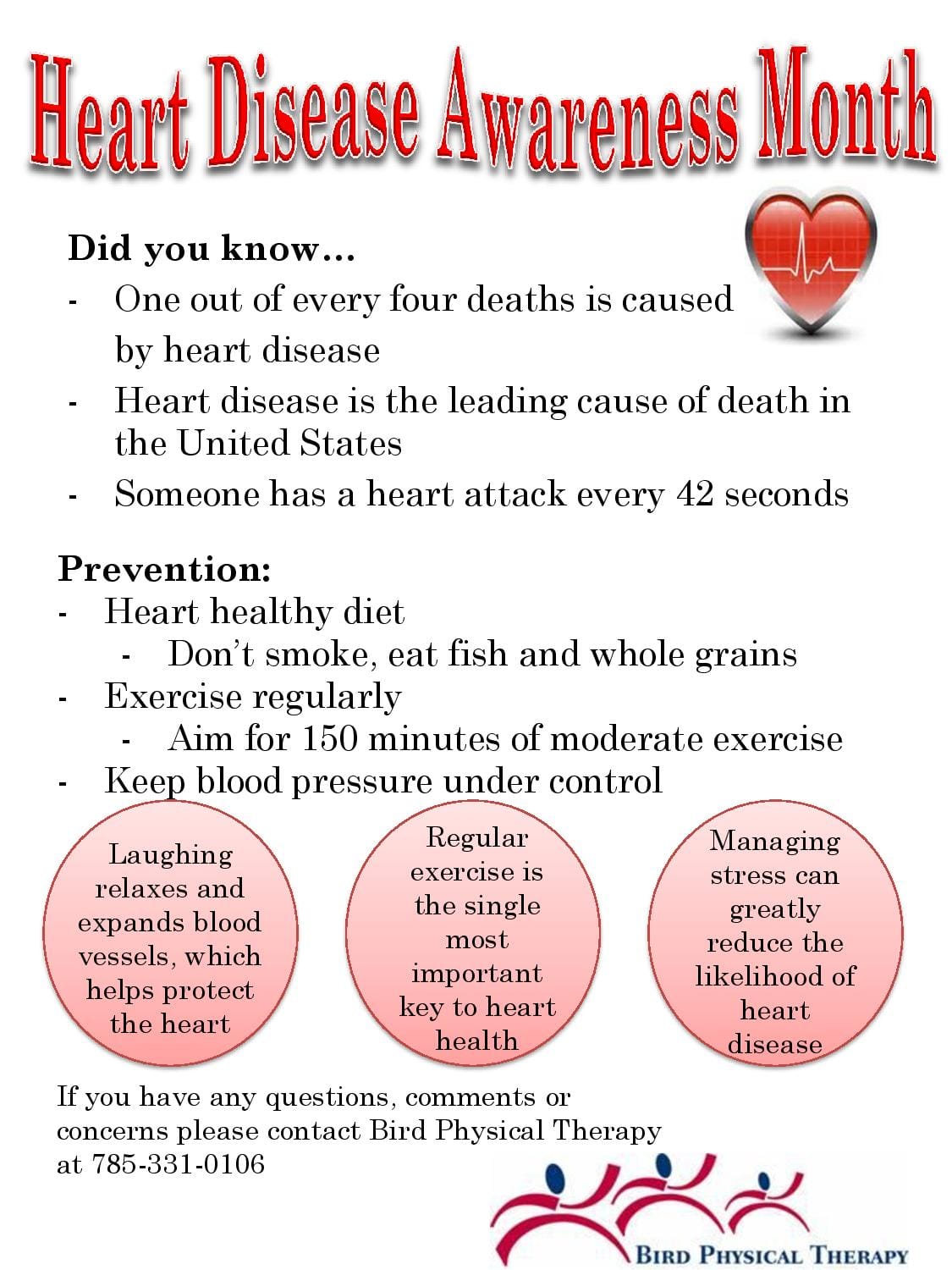Norovirus, often referred to as the “winter vomiting bug,” is a highly contagious virus that can cause gastroenteritis, leading to symptoms such as vomiting, diarrhea, and abdominal pain. As we look toward 2025, health experts are predicting a significant increase in norovirus cases, a trend that could have widespread implications for public health. This article explores the reasons behind this anticipated surge, the impact of the virus, and the necessary preventive measures that communities can adopt.
One of the primary factors contributing to the expected rise in norovirus cases is the cyclical nature of the virus itself. Norovirus outbreaks tend to follow seasonal patterns, with peaks often occurring in the winter months. While this seasonality is well-documented, the interplay of other factors, such as climate change and increased global travel, may influence the timing and severity of outbreaks in 2025. As individuals travel more frequently, particularly after prolonged periods of pandemic-related restrictions, the potential for norovirus to spread increases. This is especially true in densely populated areas and settings where food is prepared and consumed.
Another critical aspect to consider is the impact of public health measures implemented during the COVID-19 pandemic. The widespread use of hand sanitizers, social distancing, and mask-wearing has altered the transmission dynamics of many viruses, including norovirus. As these measures are relaxed or removed, there may be an increased susceptibility within the population, leading to a higher likelihood of norovirus outbreaks. The return to pre-pandemic behaviors, such as communal dining and large gatherings, can also facilitate the spread of the virus.
Norovirus is primarily transmitted through contaminated food or water, as well as through direct contact with infected individuals. Outbreaks often occur in settings where people are in close quarters, such as cruise ships, nursing homes, and schools. The virus can survive on surfaces for extended periods, making it easy to spread in environments where hygiene practices may be compromised. Given the anticipated rise in cases, it is essential for communities to reinforce hygiene practices, such as regular handwashing and thorough cleaning of surfaces, to mitigate the risk of transmission.
The impact of norovirus infections can be particularly severe for vulnerable populations, including the elderly, young children, and individuals with weakened immune systems. In these groups, the virus can lead to dehydration and other serious complications, necessitating hospitalization in some cases. Furthermore, norovirus outbreaks can strain healthcare resources, particularly during peak seasons, as hospitals and clinics manage an influx of patients with gastrointestinal symptoms.
Public health officials are urging communities to prepare for the expected rise in norovirus cases by implementing robust surveillance systems to detect and respond to outbreaks promptly. Education campaigns aimed at raising awareness about the virus, its transmission, and preventive measures can empower individuals to take proactive steps to protect themselves and others. Additionally, healthcare providers are encouraged to remain vigilant in diagnosing and reporting cases of norovirus, as timely identification is crucial for controlling outbreaks.
Vaccination against norovirus is currently under research, and while there is no approved vaccine available at this time, ongoing studies may yield promising results in the future. In the meantime, preventive measures remain the most effective strategy for managing norovirus outbreaks. Individuals are advised to practice good food safety, including cooking seafood thoroughly, washing fruits and vegetables, and avoiding food preparation when symptomatic.
In conclusion, the anticipated increase in norovirus cases in 2025 presents a significant public health challenge. Understanding the factors contributing to this rise, including seasonal patterns, changes in public health behaviors, and the nature of the virus itself, is essential for effective management. Communities must prioritize preventive measures, enhance public awareness, and prepare for the potential impact of norovirus outbreaks. By taking these proactive steps, it is possible to mitigate the spread of this highly contagious virus and protect vulnerable populations from its effects.



